Introduction
A quill injector is an essential tool that revolutionizes fluid delivery systems. It ensures unmatched precision in injecting liquids. This precision is crucial in industries like pharmaceuticals, oil and gas, and food processing. Here, even minor inaccuracies can lead to major issues. Quill injectors solve these challenges by delivering exact volumes of fluid. They do so at controlled rates directly into a process stream. This method not only enhances product quality but also increases operational efficiency. Additionally, it helps maintain consistency across batches. As industries strive for higher standards and tighter regulations, the role of quill injectors becomes even more vital. They provide a reliable solution that meets strict requirements. Furthermore, quill injectors help reduce waste and environmental impact. They ensure that every drop of fluid serves its purpose. Therefore, understanding and implementing quill injectors can significantly improve production processes. They are key to achieving precision in fluid delivery.
Selection Model
Name | Injection quill assembly | |
| Material | Stainless Steel 304, Stainless Steel 316, DSS F51, Carbon Steel A105N, and also Inconel 625 | |
| Operating Temperature | -20±120 | |
| Feature | Firstly, easy Operating | |
| Secondly, high Accuracy Long Life | ||
| At last, high Efficiency, Low cost | ||
| Payment | TT/LC | |
| Advantage | Firstly, they are lightweight and flexible. | |
| Secondly, excellent Injection efficiency. | ||
| At last, accurate location tracking. |
| Model | ||||||||||||||||||||||||||||
SI | Chemical Injector Quill | |||||||||||||||||||||||||||
| -Code | Plug | |||||||||||||||||||||||||||
| Pxxx | Type | Material | Sealing Material | |||||||||||||||||||||||||
| 0 | No Request | 0 | CS | 0 | No Request | |||||||||||||||||||||||
| 1 | Hollow Plug Body | 1 | 316SS | 3 | DSS | 1 | Viton O-Ring / PTFE Primary Packing | |||||||||||||||||||||
| 2 | Solid Plug Body | 2 | 316LSS | 4 | INCONEL | 2 | HNBR | |||||||||||||||||||||
| – Code | Injection Nut | |||||||||||||||||||||||||||
| Nxx | Connection Size | Material | ||||||||||||||||||||||||||
| 0 | i.e. No Request | 0 | i.e. CS | |||||||||||||||||||||||||
| 1 | i.e. 1/4″ | 1 | i.e. 316SS | 3 | i.e. DSS | |||||||||||||||||||||||
| 2 | i.e. 1/2″ | 2 | i.e. 316LSS | 4 | i.e. INCONEL | |||||||||||||||||||||||
| – Code | Injection Tube | |||||||||||||||||||||||||||
| Sxxx-Lx″ | Connection Size | Material | Nozzle | Line size(x″) | ||||||||||||||||||||||||
| 0 | No Request | 0 | CS | 0 | i.e. No Request | The most effective position for injection is generally at the center of the pipe | ||||||||||||||||||||||
| 1 | i.e. 1/4″ | 1 | i.e. 316SS | 1 | i.e. Open | |||||||||||||||||||||||
| 2 | i.e. 1/2″ | 2 | i.e. 316LSS | 2 | i.e. Quill | |||||||||||||||||||||||
| 3 | i.e. DSS | 3 | i.e. Cap & Core | |||||||||||||||||||||||||
| 4 | i.e. INCONEL | |||||||||||||||||||||||||||
| – Code | Nipple and Valve(or end Flange)of Tee | |||||||||||||||||||||||||||
| Txx | Connection Size | Material | ||||||||||||||||||||||||||
| 0 | i.e. No Request | 0 | i.e. CS | |||||||||||||||||||||||||
| 1 | i.e. 1/4″Nipple | a | i.e. 1/4″Nipple and Valve | 1 | i.e. 316SS | |||||||||||||||||||||||
| 2 | i.e. 1/2″Nipple | b | i.e. 1/2″Nipple and Valve | 2 | i.e. 316LSS | |||||||||||||||||||||||
| 3 | i.e. 3/4″Nipple | c | i.e. 3/4″Nipple and Valve | 3 | i.e. D SS | |||||||||||||||||||||||
| 4 | i.e. 1″Nipple | d | i.e. 1″Nipple and Valve | 4 | i.e. INCONEL | |||||||||||||||||||||||
| 5 | i.e. 1/4″Flange | e | i.e. 1/4″Nipple end Flange | |||||||||||||||||||||||||
| 6 | i.e. 1/2″Flange | f | i.e. 1/2″Nipple end Flange | |||||||||||||||||||||||||
| 7 | i.e. 3/4″Flange | g | i.e. 3/4″Nipple end Flange | |||||||||||||||||||||||||
| 8 | i.e. 1″Flange | h | i.e. 1″Nipple end Flange | |||||||||||||||||||||||||
| For Example, SI-P221-N12-S122-L4″-T22 SI:e.g. Sampling & Injection Assembly, P221: e.g. Solid Plug Body in 316LSS Viton O-Ring and PTFE Primary Packing, N12:e.g. injection Nut Connection Size is 1/4″and and material is316LSS, S122:e.g. injection Tube Connection Size is 1/4″ and Material is 316LSS. The type of nozzle is quills L4″:For 4″pipe. T22: Nipple of Tee Connection Size is 1/2″, Nipple material is 316LSS | ||||||||||||||||||||||||||||
What is a Quill Injector?
A quill injector is a specialized device that injects fluids directly into a pressurized system or pipeline. It ensures high precision and control in the delivery of liquids. This tool is crucial in applications where precise dosing and distribution are vital. For instance, in chemical processing, accurate fluid injection can impact the quality of the final product. Moreover, quill injectors allow for the introduction of fluids without disrupting system pressure. This capability sets them apart from traditional injection methods.
Traditional injectors often require system depressurization before fluid introduction. This process can be time-consuming and may lead to inefficiencies. In contrast, quill injectors operate under full system pressure. They maintain continuous operation without the need for shutdowns or interruptions. This method not only saves time but also enhances productivity. Additionally, quill injectors minimize the risk of contamination. They ensure that external substances do not enter the system during the injection process.
Components of a Quill Injector
Understanding the components of a quill injector is essential for appreciating its functionality and efficiency. The main parts include the body, nozzle, and check valve. Each plays a pivotal role in the injector’s operation.
- Body: The body of the quill injector houses the internal components. It is typically made from robust materials like stainless steel. This ensures durability and resistance to harsh chemicals.
- Nozzle: The nozzle is critical for controlling the flow rate and spray pattern of the injected fluid. It can be adjustable to suit specific application needs, allowing for precise control over the injection process.
- Check Valve: The check valve prevents the backflow of the process fluid into the injection system. This component is crucial for maintaining the integrity and purity of both the injected and processed fluids.
Diagrams of these components help illustrate their design and function. They provide a visual understanding of how each part contributes to the overall effectiveness of the quill injector.
Types of Quill Injectors
Quill injectors come in various designs, each tailored for specific applications. Understanding the different types and their advantages and disadvantages is vital for selecting the right injector.
- High-pressure Quill Injectors: These are ideal for systems where high-pressure fluid delivery is necessary. They can withstand extreme pressures, making them suitable for high-stress environments. However, they tend to be more expensive and require robust maintenance routines.
- Low-volume Quill Injectors: These injectors are designed for precise delivery of small volumes of fluid. They offer exceptional accuracy, which is crucial in applications like pharmaceuticals. On the downside, they may not be suitable for large-scale industrial applications.
- Adjustable Quill Injectors: These injectors allow for adjustments in the flow rate and pressure, providing flexibility across various applications. While they offer versatility, they may require more sophisticated control systems.
Each type of quill injector has its pros and cons, depending on the specific requirements of the application. High-pressure injectors are robust but costly, low-volume injectors are precise but limited in scale, and adjustable injectors are versatile but complex. Choosing the right type involves weighing these factors against the needs of the process.



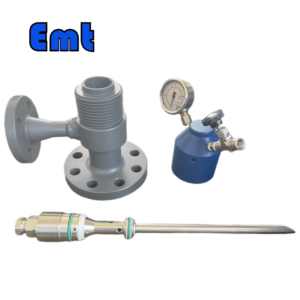

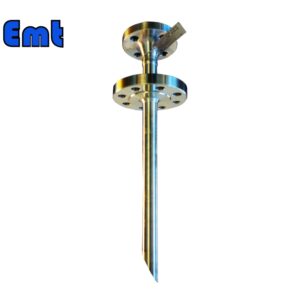
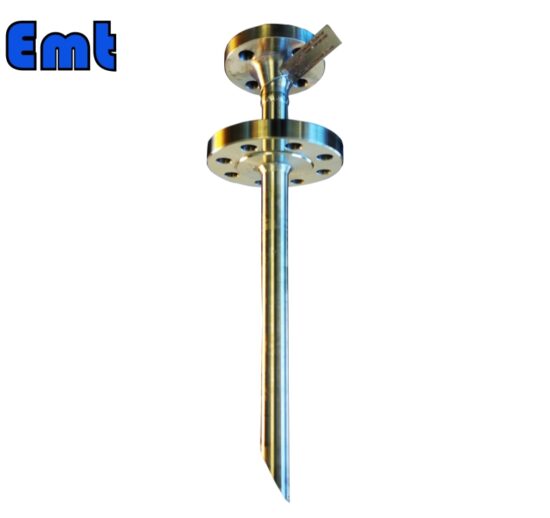
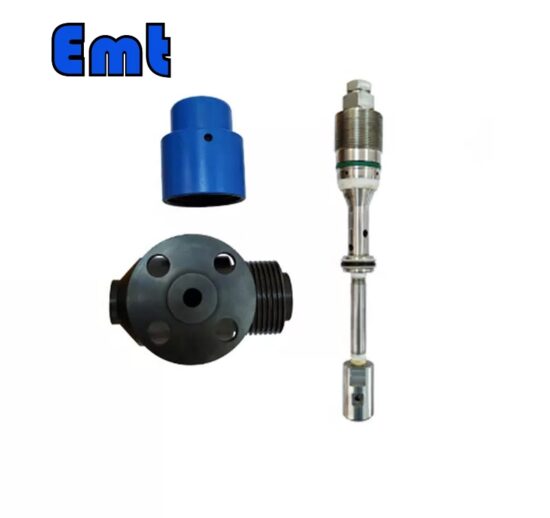
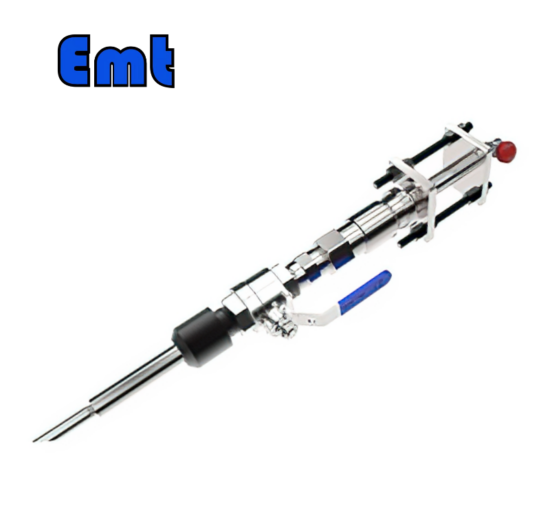
There are no reviews yet.